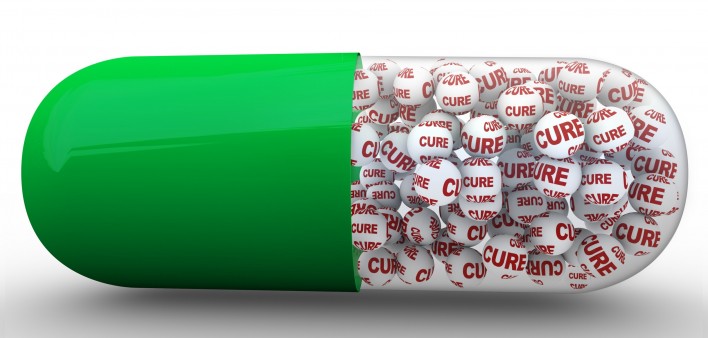Scientists have succeeded in drawing stem cells from pigtail macaque monkeys, editing them to produce immune cells resistant to the simian/human immunodeficiency virus (SHIV, an HIV-like virus manufactured for primate research) and engrafting them back into the animals’ bodies. This so-called autologous transplant gave rise to a significant population of SHIV-resistant immune cells and shrank the size of the viral reservoir in SHIV-infected monkeys that were taking antiretrovirals.
Publishing their findings in PLOS Pathogens, researchers built on previous research with SHIV-negative primates in which they drew hematopoietic stem/progenitor cells (HSPCs), which produce immune cells, from the animals and used the zinc finger nuclease gene-editing technique to introduce a mutation to the CCR5 gene in the genetic code of the HSPCs. This gene prompts the CCR5 coreceptor on the surface of the CD4 immune cell, to which most HIV attaches in order to infect the cell. If the cell does not have the coreceptor, most virus therefore cannot infect the cell.
This previous study indicated that it was possible to safely conduct an autologous transplant with the mutant cells in SHIV-uninfected animals. The cells engrafted and produced CD4 cells lacking the CCR5 coreceptor.
Now it was time to conduct such a trial with SHIV-infected monkeys that were receiving ARV treatment. Again, the autologous transplant engrafted successfully and produced CD4 cells lacking the key coreceptor.
The study authors found that such SHIV-resistant cells were readily detectable in the monkeys’ tissues, in particular those tissues that are havens for the cells that make up the viral reservoir of latently infected immune cells, including the lymph nodes and the gastrointestinal tract. Latently infected cells are not replicating and therefore evade ARVs; their presence is one of the reasons why standard HIV treatment, which only combats replicating HIV-infected cells, does not eradicate the virus from the body.
Compared with control monkeys that did not receive the autologous transplant of gene-edited stem cells, the monkeys that did receive the transplant had lower levels of SHIV DNA and RNA in their tissues, indicating that the transplant had shrunk the size of their viral reservoir.
Eventually, about 4 percent of each animal’s immune cells had the CCR5 mutation. This proportion was too small to induce the animals into a state of viral remission in which they would control the virus without the need for standard daily ARV treatment. Future efforts by the researchers will seek to improve the efficiency of the transplant so that the mutant SHIV-resistant immune cells will flourish more widely.
The researchers concluded that this particular treatment could be studied in combination with other therapies that shared the goal of shrinking the viral reservoir, including other forms of gene therapy, immune modulators, therapeutic vaccination and agents that reverse the latency of infected cells.
To read a press release about the study, click here.
To read the study, click here.







2 Comments
2 Comments